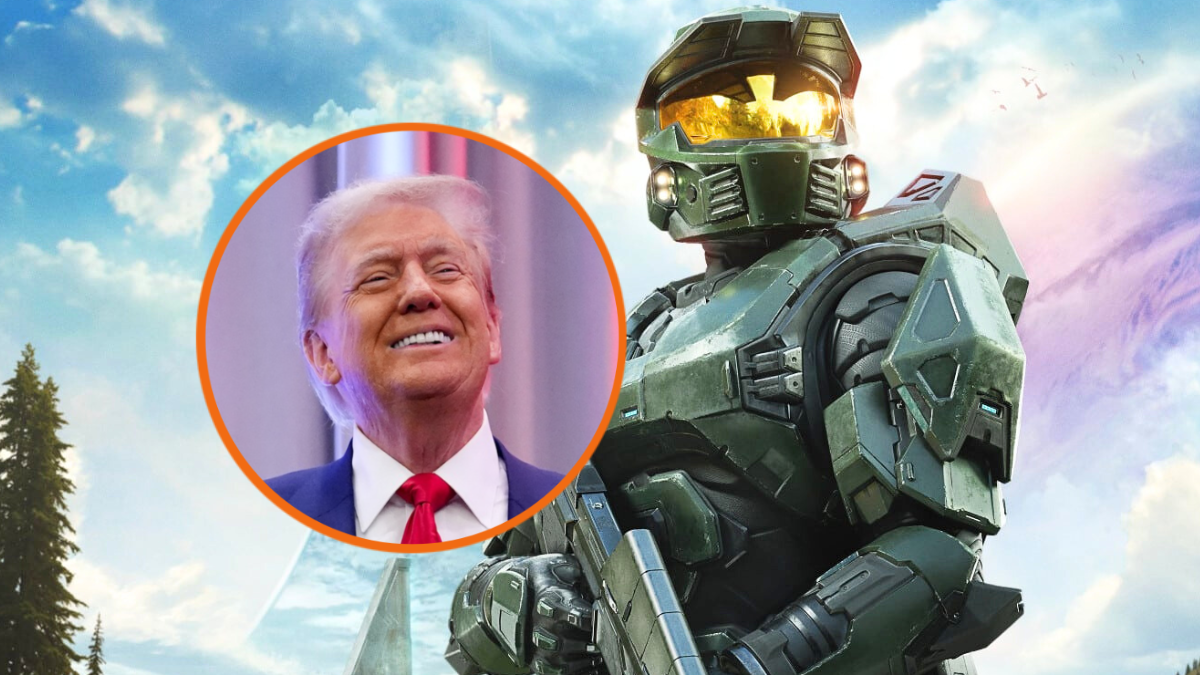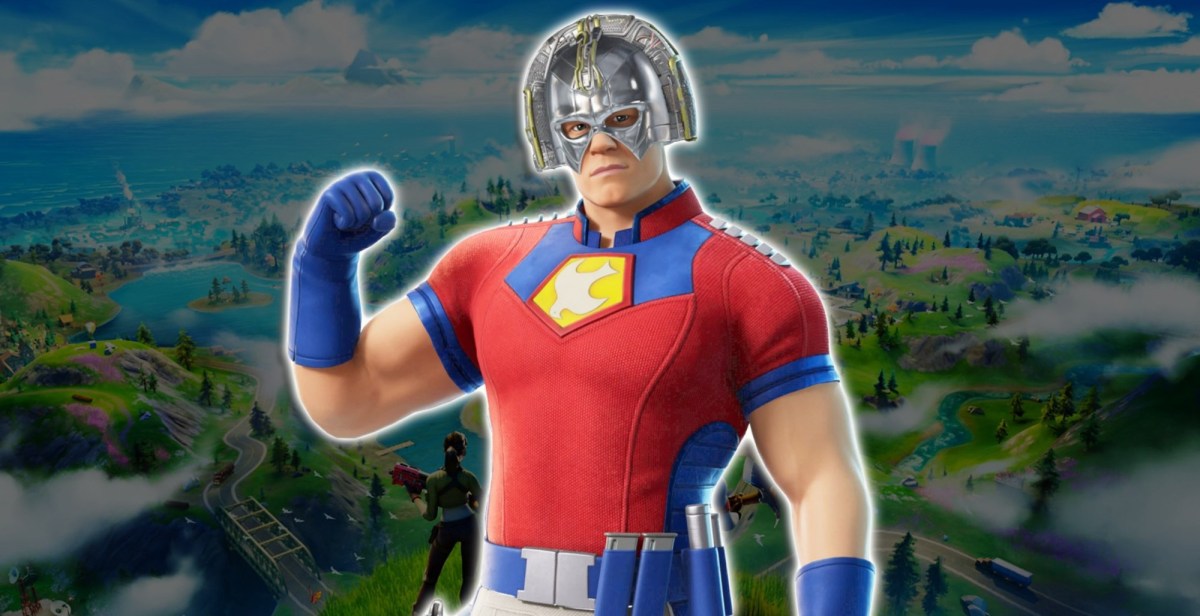Platformers seem to be a popular vessel for introspective, meandering journeys of self-discovery, hope, and beauty. Just look at Limbo, Inside, Journey, and this year’s fantastic Wandersong. Unlike the much-maligned “walking simulator,” these games present their worlds from a broader perspective, and perhaps because of this they feel grander in scope than something like Edith Finch, despite their similarly personal themes. GRIS takes this ability to broaden its range of landscapes and vignettes to an even higher level, panning the camera out great distances to reveal one of the most beautiful worlds a game has ever taken me to.
Like many games of its ilk, GRIS has no dialogue. Its storytelling is done through nuanced interactions between the main character, a girl who must heal emotional wounds throughout her journey, and the world itself. The influences are clear — namely Journey — and there’s even a direct homage to one of its most memorable moments within the first ten minutes. I thought GRIS was being cheeky, that it would feel like an inferior clone similar to Death’s Gambit aping Dark Souls, but this was merely a flex of confidence.
After an introductory scene that already had me, somehow, choking back tears, our heroine descends into a world without color. GRIS, “grey” in Spanish, is an intensely beautiful game that becomes amplified as it progresses, adding colors like red and blue at the end of each chapter which combine into a vibrant and breathtaking new landscape.

GRIS is a surprisingly tight platformer, and I wasn’t expecting a game so focused on visual flair to feel this refined. While never overly-challenging, it keeps the player engaged with optional challenge tokens that are either hidden or difficult to reach (or both). The main objective of each zone is to collect enough small, star-like orbs to create connect-the-dot bridges to reach the next area. These then return with you to the “main hub” and add themselves to a grand stairway to the clouds.
It’s a great way to measure progress, and having collectibles as the main goal allows for challenges to be frequent and bite-sized. Every chapter is not only a quest to return a color to the world, but also to create a bridge of light towards emotional catharsis. It’s rare to see such a simple premise knit so tightly with real, introspective moments and visual grandeur, but here it works wonderfully.
Journeying back to the hub area after completing a zone is a gratifying and exciting affair; adding the color red, for example, makes trees and plants bloom, while blue produces rainfall, filling basins and creating miniature waterfalls. The dull landscape which I had previously come to terms with suddenly transformed in intuitive ways, opening new paths (and closing old ones) to keep my adventure on the right track.
This brings me to the pacing of GRIS, which is honed to a lean perfection. There are no wasted moments, no mindless backtracking, and there are constant surprises. I came in expecting a competent puzzle-platformer and I left with armfuls of “wow” moments and near-constant recognition of good game design. Abilities are not only handed out in increments that keep things interesting, but they’re so well married to the universe and character that they’re immediately intuitive.

The first ability, which is basically Kirby’s down-B from Smash Brothers, allowed my character to transform into a giant cube, smashing through fragile floors and resisting strong winds. Besides the legally-mandated double-jump, the upgrades are fresh and allowed me to explore in ways I couldn’t before. This isn’t a Metroidvania, and I’m glad for that – like a good museum, taking your time is encouraged, but getting lost is sure to sour the experience.
I cannot stress enough how much GRIS’ visuals amplify both its gameplay and narrative design. The hand-drawn and watercolor-inspired world is as detailed as it is readable. What I mean is that the camera often pans out, way out, but even when my character was a blip on the screen I didn’t have trouble guiding her along. Even in handheld mode, the landscapes were grand and jaw-dropping but never obfuscated the action on screen. This is used to great effect, as pan-ins correspond to breaks in the action, allowing the player to connect a little closer with the character and her plight.
The “wow” moments I spoke of earlier can’t be overstated, either. I won’t spoil any major surprises hiding in wait, but GRIS delivered everything from epic boss encounters to one of the most genuinely well-delivered and horrifying jumpscares I’ve encountered in a game. Not once did my mind wander from what was happening on screen (or off, as the music is just as fantastic as the visuals).
Because of its wordless and thoughtful nature, my experience with GRIS is hard to put into writing, and my meandering hyperbole is just a product of my sheer enjoyment of every moment spent in its world, experiencing a living interpretation of emotional repair and self-acceptance. Much like trying to describe the features of someone’s face, it’s difficult to define GRIS as a sum of parts. Rather, holistically, it’s a perfect experience; as beautiful as the person we can only imagine when we close our eyes.
This review is based on the Nintendo Switch version of the game. A copy was provided by Devolver Digital.










Published: Dec 13, 2018 09:00 am